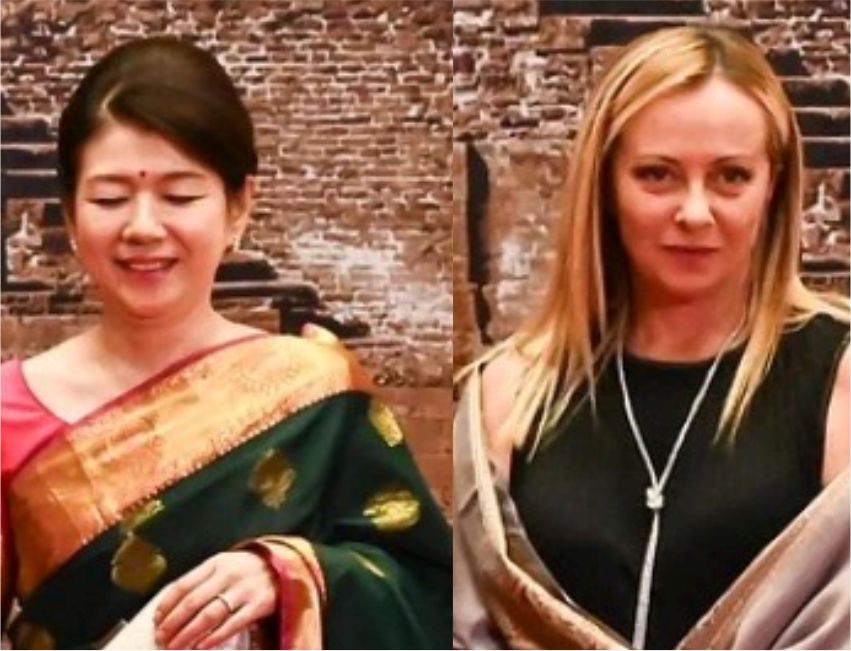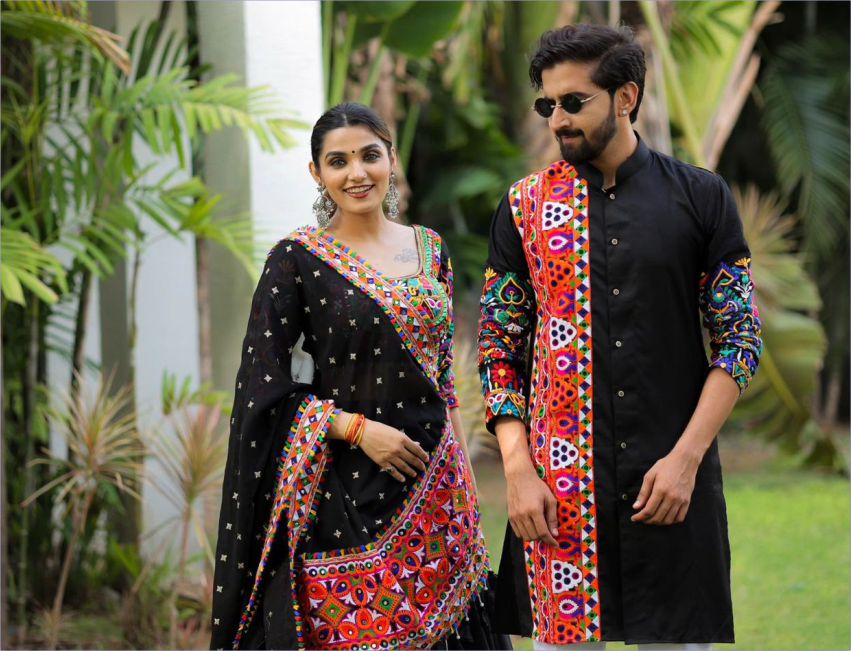The growing desire to look rich in modern India

- Newsband
- 28 May, 2025
Once, luxury brands like Louis Vuitton, Rolex, and Gucci were symbols reserved for the super-rich and elite families. Owning such items was a mark of old wealth and exclusivity. Fast forward to today, and these luxury goods have found their way into the hands of middle-class professionals, freelancers, and social media influencers. The shift isn’t because luxury has become affordable; rather, the middle class has developed a strong desire to appear wealthy.
The estimated worth of India’s luxury goods market in 2023 was approximately $7.74 billion. Experts predict this figure will climb to $12 billion by 2028, and could even reach as high as $85 to $90 billion by 2030. Surprisingly, about 75% of this spending now comes from the middle class, a stark contrast to the 1990s when luxury was strictly limited to affluent, old-money buyers.
For example, a Louis Vuitton handbag in 1995 cost roughly Rs 40,000 and was mostly purchased by the country’s elite. By 2025, similar bags priced at around Rs 2.8 lakh are being bought by salaried individuals in their 30s, often financed through easy monthly installments (EMIs). This clearly shows that luxury brands haven’t reduced their prices; instead, consumers are stretching their finances to maintain an image of affluence.
So what’s driving this phenomenon? The answer lies in a mix of social media influence, savvy marketing, and societal pressure. In today’s hyper-connected world, owning designer goods has become less about genuine wealth or comfort and more about gaining social validation. Many buy these items not because they need them or appreciate their quality, but to flaunt them online, attract followers, and feel socially accepted.
The luxury industry skillfully taps into these emotions, selling not just products but a lifestyle and status symbol. But this comes with a significant downside. Financing high-ticket purchases on credit cards or EMIs often leads to accumulating debt, leaving less money for savings or investments. The desire to project success can trap individuals in a cycle of spending that isn’t sustainable.
Before reaching for that expensive handbag or watch, it’s worth reflecting on the motivation behind the purchase. Is it for personal enjoyment and satisfaction, or is it driven by the urge to impress others? Understanding this distinction can help avoid falling into the trap of chasing status at the cost of financial well-being.
In essence, while luxury goods may still carry their timeless allure, the meaning behind owning them has shifted dramatically. What was once a symbol of true wealth has, for many, become a tool for visible success — often masking financial strain beneath the glittering surface.





